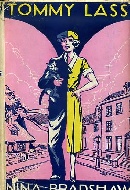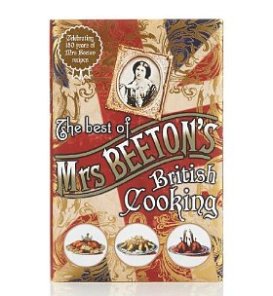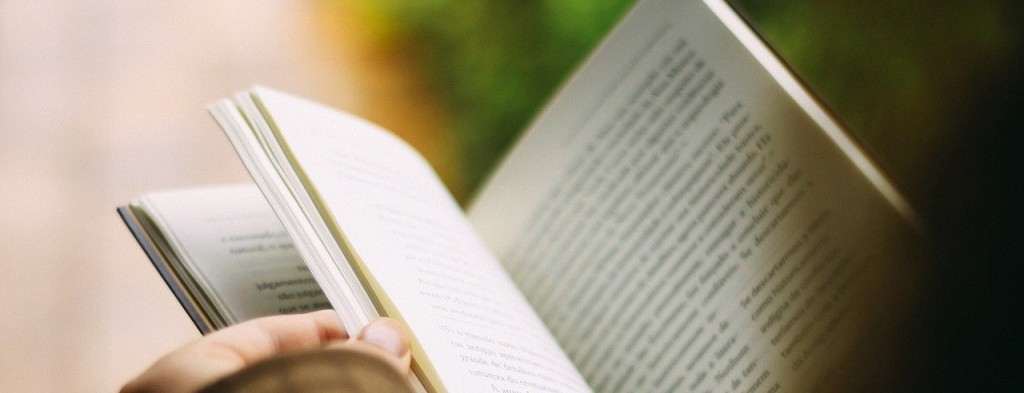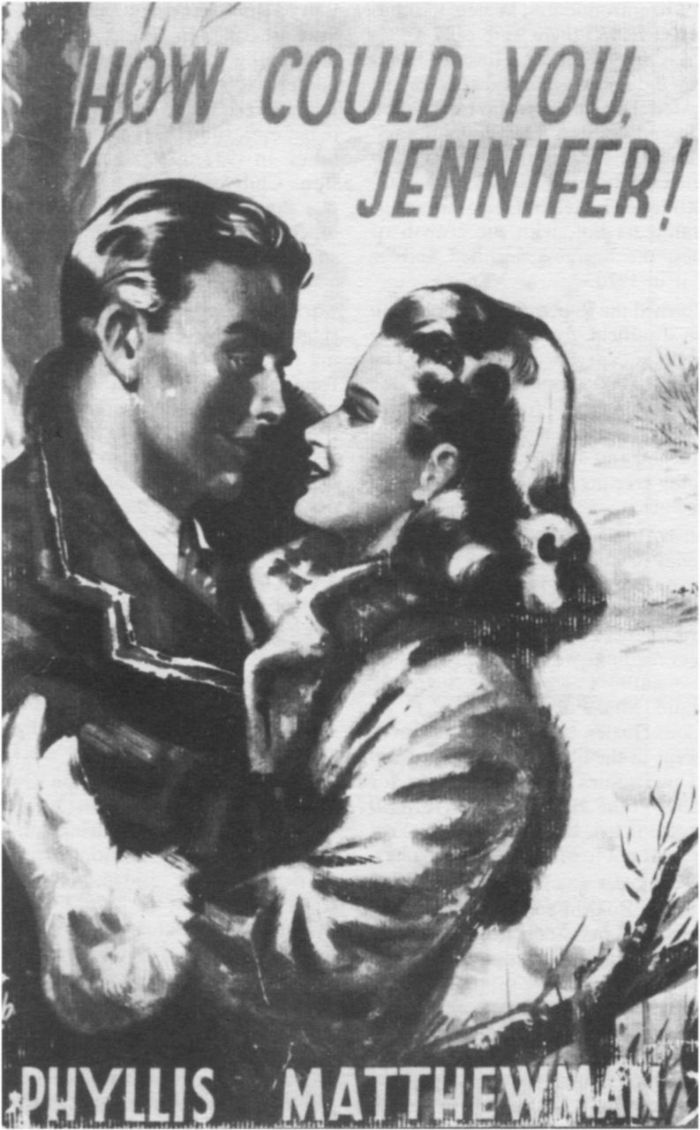
‘Happy, happy Christmas, Arthur dear. I hope you like sausages for breakfast?’
‘I do – better than anything,’ he assured her, and wanted to add: ‘I love you, I love you.’
I spent all last night simply riveted to this page-turning 1930s’ Mills and Boon novel. In the Name of Love, by Guy Trent – and with dialogue like the sample above, I’m sure you understand why! When my sister gave me the collection of 1930s’ Mills and Boons which she’d found in her attic, I was so thrilled I had to begin reading at once – and now I find I simply can’t stop conversing like the heroines! It really is too, too queer, darling!
In all seriousness, though, reading through this eighty-year-old romance novel was so fascinating it’s hard to know where to begin.
I suppose it’s no surprise that British dialogue has changed since the 1930s. We laugh nowadays at the ‘charming fellows!’ and the ‘splendid, darlings!’ of olden days, and in the same way I’m sure in eighty years’ time our grandchildren will be sniggering at our ‘lolz‘, ‘chill’, and ‘cool‘. So it wasn’t so much the inevitable change in vocab that struck me whilst reading this book, it was, well…everything else!
Here’s the insane plot: the heroine, Penny, has a mother who was once a dancer. Her mother was dropped on stage by a ‘nervous’ partner, and broke her back. Since then, Penny has been her carer. (So far, so believable. Even in modern times there are children who give up their lives to care for a sick parent, so I was hoping the author would develop this plot strand in a sensitive and interesting way.)
Anyway, Penny meets Mark and they fall in love. Mark has just bought a farm in Kenya and wants Penny to emigrate with him. Kenya was a British colony up until the 60s, and Mark is referred to as a ‘colonist’. This terminology would be totally unacceptable to 21st century readers. It was interesting to read, from a social point of view, as Mark is presented as pioneering, enterprising and adventurous, and of course that’s how British colonials saw themselves in those days.
Of course noble Penny can’t leave her invalid mother, even though her mother is totally selfish and treats her daughter like the house drudge. So an angry, rejected Mark sails off on a boat for Africa (no cheap passenger flights in those days), leaving a heartbroken Penny behind. I thought this was actually quite a good source of conflict and was interested to see how the author would develop it.

I needn’t have held my breath. A couple of years later – and Mark’s back! Only this time – oh no! – he’s engaged to Penny’s sister Janice, who is also a dancer and as selfish as their mother. How can this be?, the reader asks herself. But no time to ponder the perplexities of the plot. In no time at all, Selfish Janice is begging Penny to persuade Insufferable Mark not to go back to Kenya after their marriage, because Janice wants to stay in the UK and be a dancer. How ironic for Penny! Janice’s desire to continue her career and Mark’s ambition for his farm could have provided an interesting source of conflict between two main characters…but now it’s all got out of hand. There’s much to-ing and fro-ing between Selfish Janice, Insufferable Mark and the now Unbelievably Selfless Martyr Penny, who of course still secretly loves Insufferable Mark. The whole situation reaches an incredible turning-point when Selfish Janice reveals she’s not going to get married to Mark after all! Very sensible – only turns out it’s not for the usual 21st-century reasons a woman might give for not marrying a man – ie the bloke’s insufferable and she doesn’t actually need the hassle of marrying him, especially if it means going to Kenya and not being a dancer any more. No! In the 1930s it appears the only sane reason for Janice not to marry a particular man is because…she’s met a different man! Spanish Ivor! (Where did he come from? Who cares, by now?)
So of course Unbelievably Selfless Martyr Penny is voted the mug who has to break the news to Insufferable Mark. Off she trots to his hotel, where since this is the 1930s he is obviously ‘dreadfully embarrassed about receiving her in his bedroom.’ (Of course everyone knows that sex didn’t start until the 1960s, so there’s no need to explain.) There follows what I actually found quite a disturbing scene, where Mark grabs hold of Penny and kisses her violently. The description is not remotely romantic – there’s no ‘clutching her to his manly breast’ – instead, Penny is severely upset by ‘the horror of the embrace’. She rushes out. By this point, we are still only halfway through the book and have discovered the hero is definitely a creep and an arse. I have no idea where we are going with this. I am intrigued. I carry on.
Mark starts sending Penny flowers like some creepy stalker-type guy and – no-o-o! – to my absolute disgust she decides she really does love the newly revealed Despicably Contemptuous Mark after all. I am disgusted. I’ll rush through this part, as at this point I’d lost all patience. Penny’s so lovelorn she steps in front of a car and ends up in hospital. Mark rushes over and pays for a private room for her (the fact that he’s rich has to be thrown in), but she’s delirious and tells him she doesn’t love him. He buggers off back to Africa, and good riddance, as far as I’m concerned.
So, we’re halfway through the book and unbelievably its only now – now! – that the REAL hero appears! Penny decides no one wants her (true, true), so she gets a job as a nanny in Suffolk, or somewhere. Then her employer’s brother Arthur appears and hurray! He totally redeems the book for me! For a start, he has bright red hair (how many ginger romantic heroes do you ever see? Coming from a family of Irish redheads, I was ecstatic about this.) Next, who could resist this scene: Penny’s alone in her little nanny’s bedroom late at night when she hears a tapping on the window. Even though it’s way past Penny’s bedtime, she opens it to see Arthur’s ‘wild, unhappy eyes’ and he tells her he’s ‘motored over from London’ especially to take her dancing, and he thought they might ‘run over’ to Brighton. Motoring to Brighton! How exciting! Penny says she has no frock, but the resourceful Arthur tells her he has a friend in Chelsea who can sort her out. Who could resist? Arthur is WAY better than Insufferable Mark. Of course Martyr Penny resists having fun for quite some time, but in the end even she succumbs to it, and all ends happily. Phew!
What a strange and fascinating read! I really enjoyed this step back in time, and one of the things I most enjoyed was the simple domestic descriptions of trips to the butcher’s and greengrocer’s, the talk of the price of Brussels sprouts and the meals Penny prepared. Nowadays in Mills and Boon novels it’s all prosciutto and salade d’epinards, so it was great to see Penny cooking ‘a golden-crusted steak and kidney pudding’, ‘apple tart’ and sieving gooseberries for ‘gooseberry fool’. My husband bought me The Best of Mrs Beeton’s British Cooking for Christmas, reminding me of the days my mum would shop at our local butcher’s for lamb chops for a Lancashire Hot Pot.
I hope you’ve enjoyed this trip back in time. If you’ve ever come across any old romance novels you’ve enjoyed, let me know! It would be fascinating to hear!


Leave a Reply